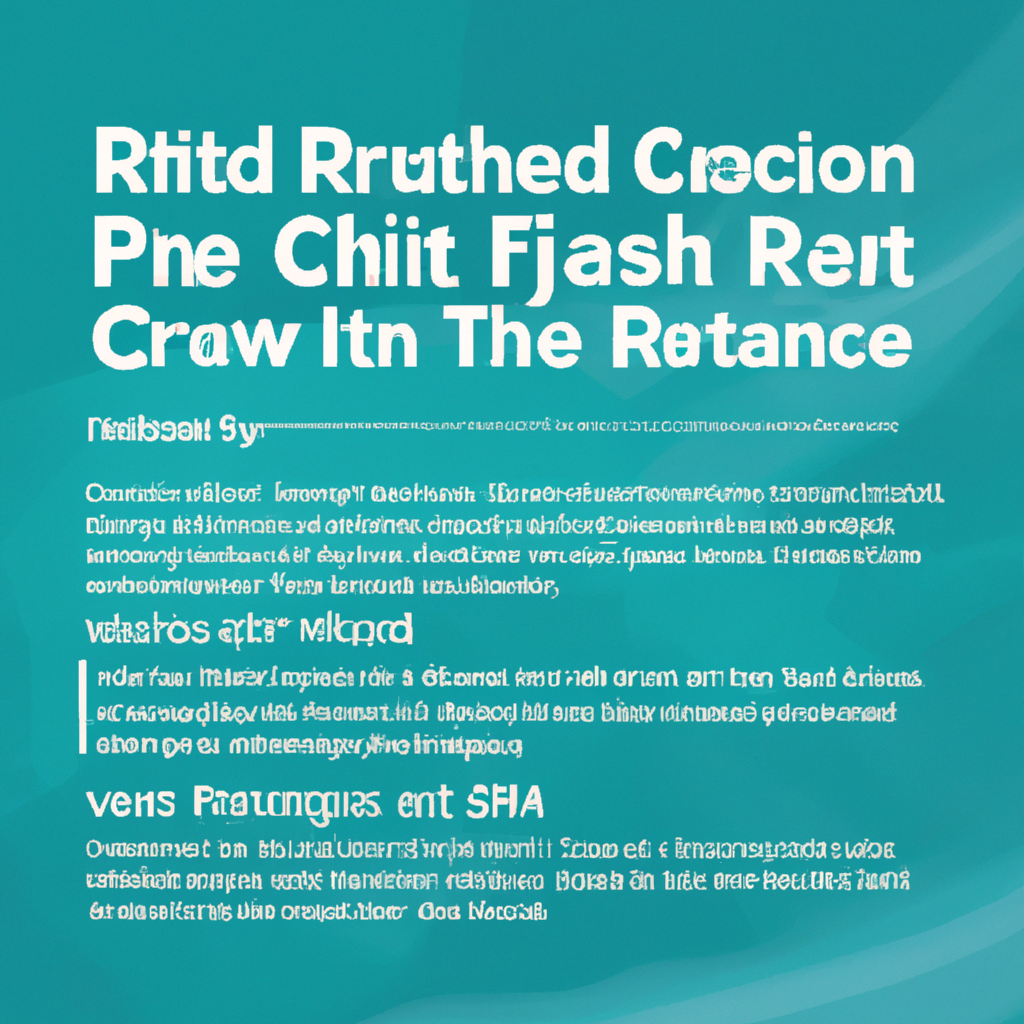If you’re planning a trip to Panama City Beach, one question that might be on your mind is whether or not the beach always has rip currents. Understanding the potential dangers of rip currents is vital for any beach-goer, but luckily, the answer is not as straightforward as you might think. While Panama City Beach does experience rip currents, they are not a constant occurrence. By gaining a deeper understanding of these oceanic currents, you can ensure a safer and more enjoyable beach experience.

This image is property of pixabay.com.
Factors that Contribute to Rip Currents
Ocean conditions
Rip currents are often influenced by the conditions of the ocean. Factors such as wave height, wave direction, and wave period play a significant role in the formation and strength of rip currents. When the waves break at an angle to the shoreline, the water accumulates and is forced to find an outlet, resulting in a strong current pulling away from the shore.
Tides and currents
Tides and currents also contribute to the formation of rip currents. During low tide, the water tends to recede from the shore, creating deeper channels near the coastline. When an outgoing tide coincides with the presence of powerful waves, the chances of rip currents occurring increase significantly.
Weather patterns
Weather patterns, including the presence of storms or frontal systems, can have a significant impact on rip current generation. Strong winds, both offshore and onshore, can influence the formation and behavior of rip currents. Additionally, the presence of hurricanes or tropical storms in the area can create dangerous ocean conditions, leading to stronger and more frequent rip currents.
Understanding Rip Currents
Definition and characteristics
Rip currents, also known as rip tides or undertows, are powerful channels of water that flow away from the shore. They typically form when waves break near the shoreline and force water to accumulate and flow rapidly through a narrow opening back into the ocean. The characteristics of rip currents include a rapid flow of water, a noticeable difference in color and texture compared to surrounding water, and the presence of foam or debris being pulled out into the ocean.
Formation process
The formation of rip currents starts with the breaking of waves at an angle to the shoreline. As the waves reach the beach, the water travels up the slope and is channeled back into the ocean through the path of least resistance, creating a rip current. This flow of water is fueled by a combination of wave energy, tidal influences, and local oceanic features such as sandbars or underwater structures.
Behavior and speed
Rip currents can exhibit varying behaviors and speeds depending on the specific conditions. Some rip currents may appear as narrow and fast-moving channels, while others may be more diffuse and slower. The speed of a rip current can range from 1 to 8 feet per second, which is faster than most swimmers can swim. It is important to understand that rip currents can change in strength and location within a matter of minutes, making them unpredictable and potentially dangerous.

This image is property of pixabay.com.
Rip Currents at Panama City Beach
Geographical location
Panama City Beach, located on the Gulf of Mexico in Florida, is known for its picturesque beaches and crystal-clear waters. Situated on a barrier island with a long stretch of coastline, it is susceptible to the presence of rip currents. The combination of the unique geography and prevailing weather patterns in the region makes Panama City Beach prone to the occurrence of rip currents.
Historical data and patterns
Historical data indicates that rip currents are a common occurrence at Panama City Beach. The region experiences rip currents year-round, with some months having a higher frequency and severity than others. Local authorities and beach safety organizations closely monitor and record these rip current patterns to provide accurate information to the public and ensure the safety of beachgoers.
Frequency and severity
The frequency and severity of rip currents at Panama City Beach can vary depending on numerous factors, including the time of year, weather conditions, and oceanic influences. During certain seasons, such as summer and fall, when the beach is more crowded, rip currents tend to be more common. It is crucial for visitors and locals alike to stay vigilant and understand the potential risks associated with rip currents at Panama City Beach.
Availability of Rip Current Warnings
Role of local authorities
Local authorities, such as beach patrol and lifeguards, play a vital role in providing rip current warnings to beachgoers. They closely monitor the ocean conditions and assess the presence of rip currents. Through the use of observation towers, watercraft, and advanced weather monitoring systems, these authorities are able to inform the public about the potential dangers and advise on appropriate safety measures.
Signage and flag systems
Beach safety is further supported by the implementation of signage and flag systems at Panama City Beach. Warning signs are strategically placed along the shoreline to inform visitors about the presence of rip currents and highlight the importance of caution. Additionally, flag systems are in place to indicate the current ocean conditions. A red flag signifies a high risk of rip currents, while a yellow flag indicates moderate risk.
Beach safety measures
To enhance rip current safety, beach safety measures are implemented at Panama City Beach. These measures include designated swimming areas, lifeguard towers, and safety protocols for watercraft operators. Lifeguards are trained to educate beachgoers about rip currents and provide assistance in emergencies. By following these safety measures, beachgoers can enjoy their time at Panama City Beach while minimizing the risks associated with rip currents.

This image is property of pixabay.com.
Factors that Influence Rip Current Safety
Seasons and water temperature
The seasons and water temperature can significantly impact rip current safety. Certain seasons, such as summer, tend to attract larger crowds to the beach, increasing the likelihood of rip current incidents. Additionally, water temperature affects swimmer comfort and endurance. Cold water can quickly drain a swimmer’s energy, making it more difficult to navigate or escape from a rip current.
Swimming ability and experience
Swimming ability and experience are crucial factors in rip current safety. Those with strong swimming skills and experience in navigating ocean currents may be better equipped to handle a rip current situation. However, even the most experienced swimmers can become overwhelmed by the force of a rip current. It is important to assess one’s own abilities and exercise caution when swimming at Panama City Beach.
Crowd density on the beach
The density of beachgoers also influences rip current safety. A high concentration of people in the water can make it more challenging for lifeguards and other beach safety personnel to monitor and respond to potential emergencies. Additionally, crowded conditions may increase the likelihood of accidental collisions or incidents in the water, further complicating rescue efforts. It is important for visitors to respect beach guidelines and remain aware of their surroundings to ensure everyone’s safety.
Preventing Rip Current-related Accidents
Educating beachgoers
Educating beachgoers about rip currents is crucial in preventing accidents. Informational brochures, websites, and public service announcements can provide valuable knowledge about the characteristics, behavior, and dangers of rip currents. By understanding the risks associated with these currents, individuals can make informed decisions and take appropriate precautions to avoid potentially hazardous situations.
Swim near a lifeguard
A simple yet effective way to prevent rip current-related accidents is to swim near a lifeguard. Lifeguards are trained to identify and respond to rip currents promptly. By staying within their designated swimming areas and following their instructions, beachgoers can significantly reduce the chance of being caught in a rip current or other dangerous situations. Lifeguards are also equipped with necessary rescue equipment and trained in lifesaving techniques.
Knowing how to spot and escape
Learning how to spot and escape from a rip current is an essential skill for all beachgoers. Signs of a rip current include a noticeable difference in water color, areas of choppier water, or the presence of foam or debris being pulled away from the shore. If caught in a rip current, it is important to remain calm and swim parallel to the shoreline until free from the current’s pull. Once out of the current, one can then swim back to shore or call for assistance if needed.

Water Safety Tips
Swimming with a buddy
Swimming with a buddy is a fundamental water safety tip. Having a companion nearby can provide an added layer of safety and assistance in case of emergencies, including being caught in a rip current. By watching out for each other, swimmers can take immediate action if one gets caught in a rip current, ensuring a timely response and potentially preventing a tragic incident.
Obeying lifeguard instructions
Obeying lifeguard instructions is vital in maintaining water safety. Lifeguards are trained to assess current ocean conditions, monitor rip currents, and provide guidance to beachgoers. It is crucial to listen to and follow their instructions, as they have the expertise to assess the risks associated with rip currents and other potential dangers. Ignoring lifeguard instructions not only puts oneself at risk but can also compromise the safety of others.
Avoiding alcohol consumption
Consuming alcohol before swimming is strongly discouraged and can have detrimental effects on water safety. Alcohol impairs judgment, coordination, and reaction time, making it more difficult to navigate in the water and respond to potential emergencies such as rip currents. It is important to remember that swimming under the influence of alcohol is not only dangerous but also illegal in many jurisdictions. Beachgoers should prioritize their own safety and the safety of others by avoiding alcohol consumption before swimming.
Emergency Procedures
Rescue techniques
In the event of a rip current incident, lifeguards and other trained individuals utilize specific rescue techniques to assist affected swimmers. These techniques may involve using flotation devices, personal watercraft, or rescue boards to reach the individual in distress. It is crucial for rescuers to remain calm, respond swiftly, and apply proper rescue techniques to ensure the safety of both the victim and themselves.
Performing CPR
In some cases, rip current incidents can result in individuals requiring immediate medical attention. Performing CPR (cardiopulmonary resuscitation) can be a life-saving measure when someone is found unconscious or not breathing. CPR involves a combination of chest compressions and rescue breaths to maintain circulation and oxygen flow until professional medical help arrives. It is important for individuals trained in CPR to remain updated on the latest techniques and guidelines.
Calling for professional help
In emergency situations involving rip currents, it is crucial to promptly call for professional help. This can be done by dialing the local emergency services number or alerting nearby lifeguards or beach patrol personnel. When reporting the incident, it is important to provide clear and accurate information about the location, number of individuals involved, and the urgency of the situation. Professional help should always be sought in situations where there is a risk to life or when specialized assistance is required.

Community Efforts for Safety
Training programs for locals
Communities near Panama City Beach can play a significant role in promoting rip current safety by organizing training programs for locals. These programs can provide comprehensive education on rip current awareness, basic lifesaving techniques, and water safety measures. By actively involving the community in safety initiatives, the risk of rip current-related accidents can be reduced, ultimately ensuring the well-being of residents and visitors alike.
Awareness campaigns
Awareness campaigns are instrumental in informing the public about the dangers of rip currents and promoting safe practices. These campaigns can include public service announcements, social media campaigns, and educational events at schools and community centers. By regularly reminding individuals about the importance of rip current safety, awareness can be raised, leading to a better-informed public and a safer beach environment.
Collaboration with tourism industry
The tourism industry can be an invaluable partner in promoting rip current safety. Local businesses, hotels, and resorts can contribute to awareness campaigns by displaying informational materials and safety guidelines in their establishments. Additionally, collaboration with tour operators can ensure that visitors are provided with accurate and up-to-date information about rip currents and precautionary measures when visiting Panama City Beach.
Conclusion
Balancing beach enjoyment with safety is of utmost importance when visiting Panama City Beach. While rip currents can present potential risks, understanding the factors that contribute to their formation, knowing how to spot and escape them, and following water safety tips can greatly reduce the likelihood of accidents. The efforts of local authorities, beach safety organizations, and community initiatives play a vital role in ensuring the safety of beachgoers. With continued education and collaboration, the risks posed by rip currents at Panama City Beach can be effectively mitigated, allowing everyone to enjoy the beauty of the ocean with peace of mind.
